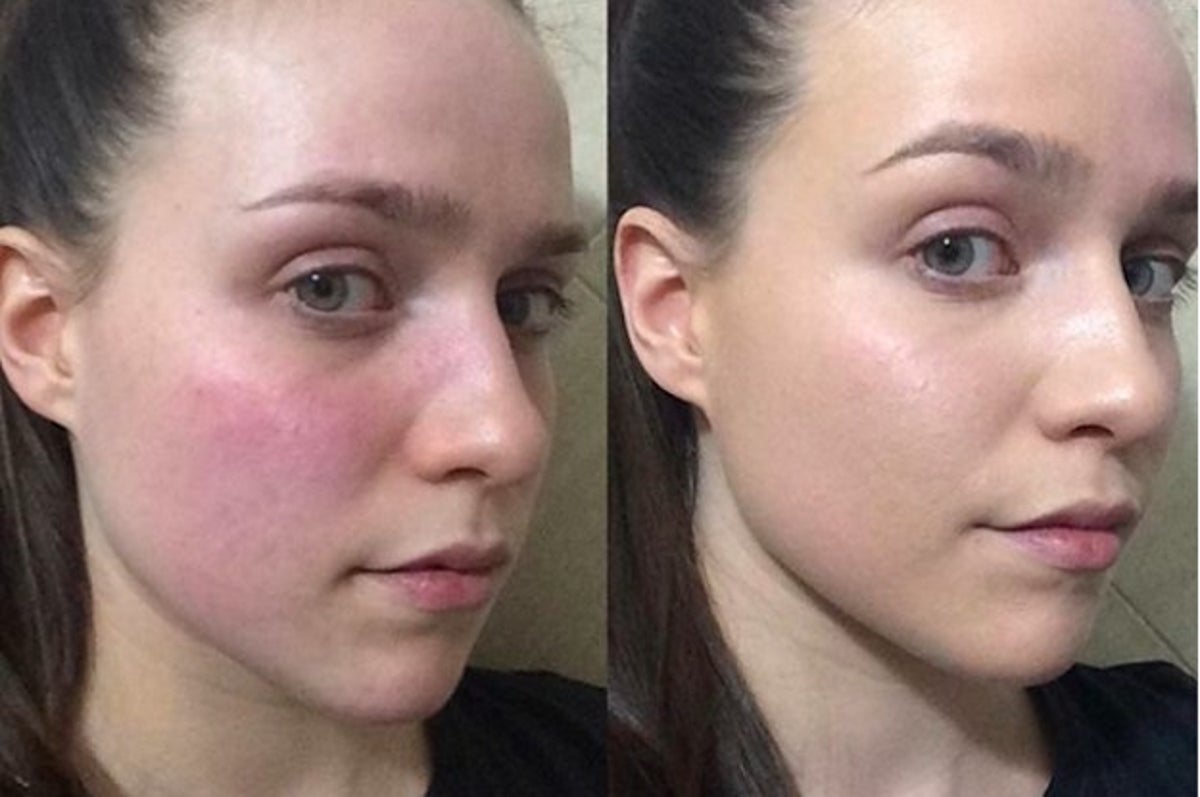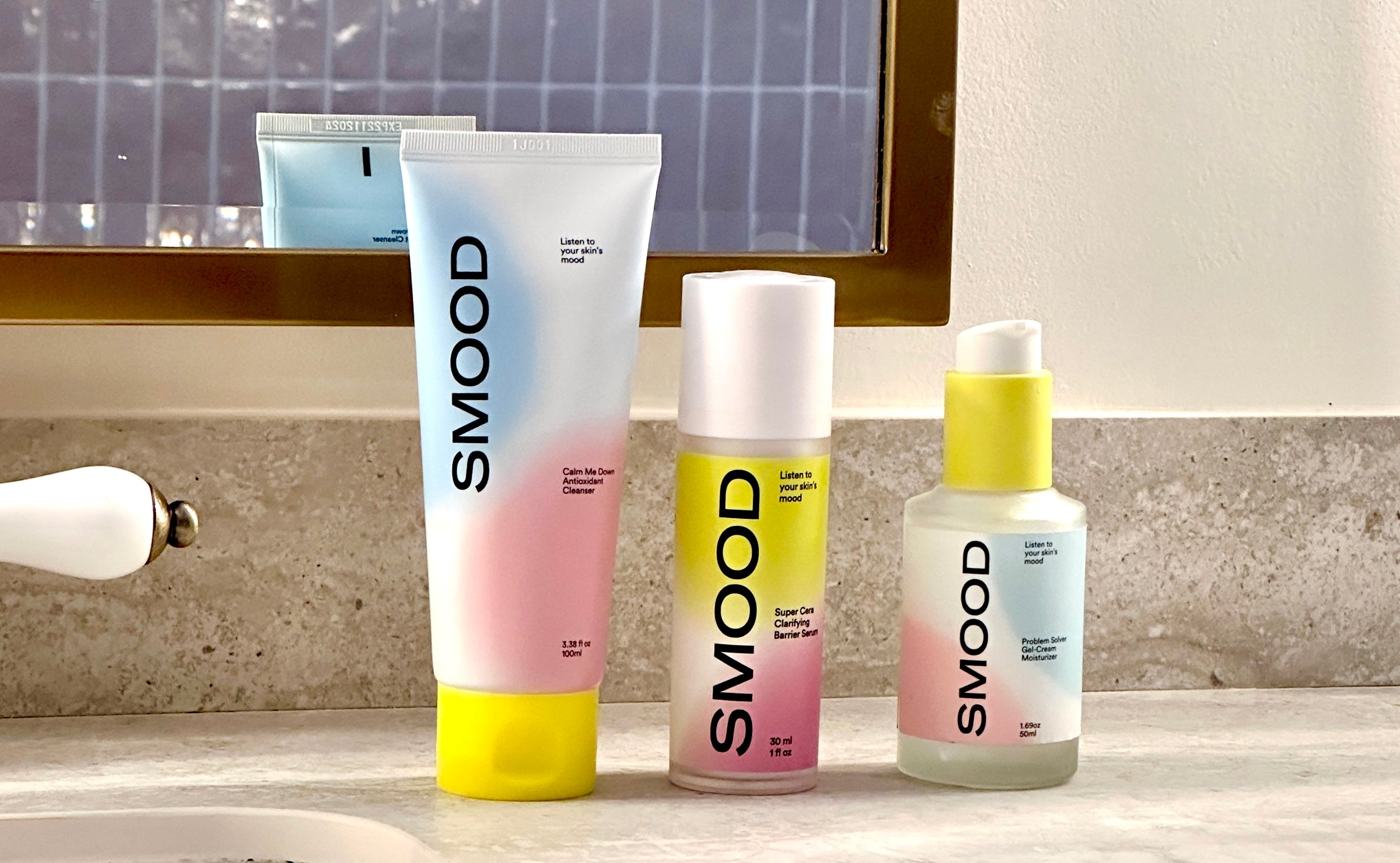
How to Fix a Damaged Skin Barrier (And What Causes It in the First Place?)
Your skin barrier is the ultimate bodyguard—it keeps moisture in, blocks irritants out, and protects your skin from damage. But when it’s compromised, your skin can become dry, irritated, sensitive, and prone to breakouts. If your skin suddenly feels rough, tight, or red no matter what you use, your barrier may be in distress.
In this guide, we’ll break down what causes a damaged skin barrier, how to know if yours is compromised, and—most importantly—how to fix it ASAP.
What Is Your Skin Barrier & Why Does It Matter?

Your skin barrier, also called the moisture barrier, is the outermost layer of your skin (scientifically known as the stratum corneum). It’s made up of skin cells, lipids, and natural moisturizing factors that keep hydration locked in while shielding against environmental stressors, bacteria, and pollution.
When this barrier is strong, your skin looks smooth, hydrated, and calm. But when it’s damaged, your skin becomes more vulnerable to irritation, dryness, breakouts, and sensitivity.
Signs Your Skin Barrier Is Damaged

If you’re experiencing any of these symptoms, your skin barrier might be compromised:
✔ Increased Sensitivity: Your skin reacts more easily to products, feeling stinging or burning.
✔ Persistent Dryness or Tightness: No amount of moisturizer seems to help.
✔ Redness & Irritation: Your skin looks inflamed, itchy, or flaky.
✔ Breakouts & Blemishes: A damaged barrier can lead to more acne and slow healing.
✔ Rough, Uneven Texture: Skin feels bumpy, scaly, or raw.
What Causes a Damaged Skin Barrier?
Your skin barrier isn’t fragile, but certain habits can wear it down over time:
- Over-Exfoliation: Too much BHA, AHA, or retinol can strip the skin, weakening its protective layer.
- Harsh Cleansers: Some cleansers can strip natural oils, leading to dehydration.
- Skipping Moisturizer: A lack of hydration can weaken the lipid barrier, making skin prone to damage.
- Extreme Weather Conditions: Cold, dry air and excessive sun exposure can stress the barrier.
- Using Too Many Actives at Once: Mixing retinol, vitamin C, acids, and benzoyl peroxide can overwhelm your skin.
How to Fix a Damaged Skin Barrier (Step-by-Step Guide)

If your skin barrier is compromised, it’s time for damage control. Follow these steps to repair and restore your skin:
1. Simplify Your Routine (Less Is More)
Stop using harsh actives like retinoids, exfoliating acids, and strong acne treatments. Stick to gentle, hydrating products that won’t irritate your skin.
2. Use a Barrier-Repairing Moisturizer

Look for a fragrance-free, nourishing moisturizer with ingredients like:
✔ Ceramides – Strengthen the skin’s lipid barrier
✔ Squalane – Mimics skin’s natural oils for deep hydration
✔ Niacinamide – Soothes redness and boosts barrier repair
✔ Centella Asiatica (Cica) – Calms inflammation and irritation
💡 Try Smood Beauty’s Problem Solver Gel-Cream Moisturizer—it’s packed with ceramides, oat extract, and niacinamide to repair and hydrate skin without clogging pores.
3. Switch to a Gentle, Hydrating Cleanser

Ditch super harsh acne foaming cleansers and use a gentle cleanser that won’t strip your skin.
🔹 Smood Beauty’s Calm Me Down Antioxidant Cleanser is a great option—it gently removes dirt and oil while soothing irritation with centella, oat extract, and green tea.
4. Apply a Barrier-Boosting Serum
A lightweight, hydrating serum can speed up healing. Look for:
✔ Hyaluronic Acid – Deep hydration without clogging pores
✔ Beta Glucan – Calms irritation and supports skin repair
✔ Peptides – Help rebuild the skin barrier over time
5. Avoid Harsh Scrubs & Over-Exfoliation
Skip physical scrubs that contain uneven particles (such as rough grounded walnut shells) and chemical exfoliants (like AHAs & BHAs) until your barrier is fully healed. Once your skin is back to normal, reintroduce them slowly—1-2 times a week max.
6. Use SPF Every Day

Sun exposure can worsen barrier damage, so always apply a broad-spectrum SPF 30+ daily, even indoors.
7. Be Patient—Barrier Repair Takes Time
It can take 2-4 weeks to fully restore your skin barrier. Keep your routine simple, hydrating, and gentle—your skin will thank you.
Final Thoughts: Protect Your Barrier, Protect Your Skin
Your skin barrier is the foundation of healthy, glowing skin. If yours is damaged, focus on hydration, gentle products, and a simplified routine. With time and consistency, your skin will bounce back stronger than ever.
🔹 Need barrier-friendly skincare? Check out Smood Beauty’s hydrating, irritation-free formulas designed for sensitive, acne-prone skin.




Leave a comment
This site is protected by hCaptcha and the hCaptcha Privacy Policy and Terms of Service apply.